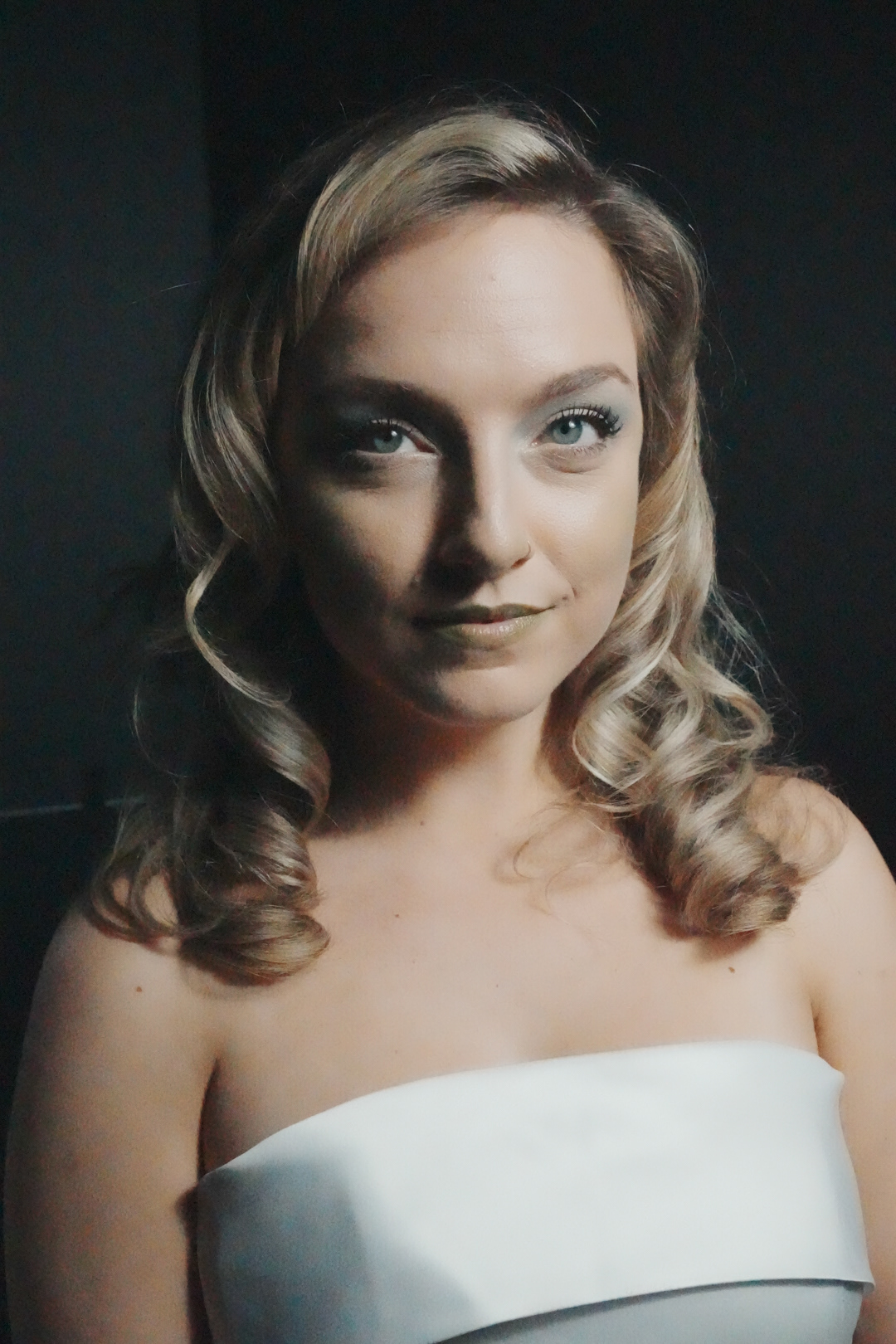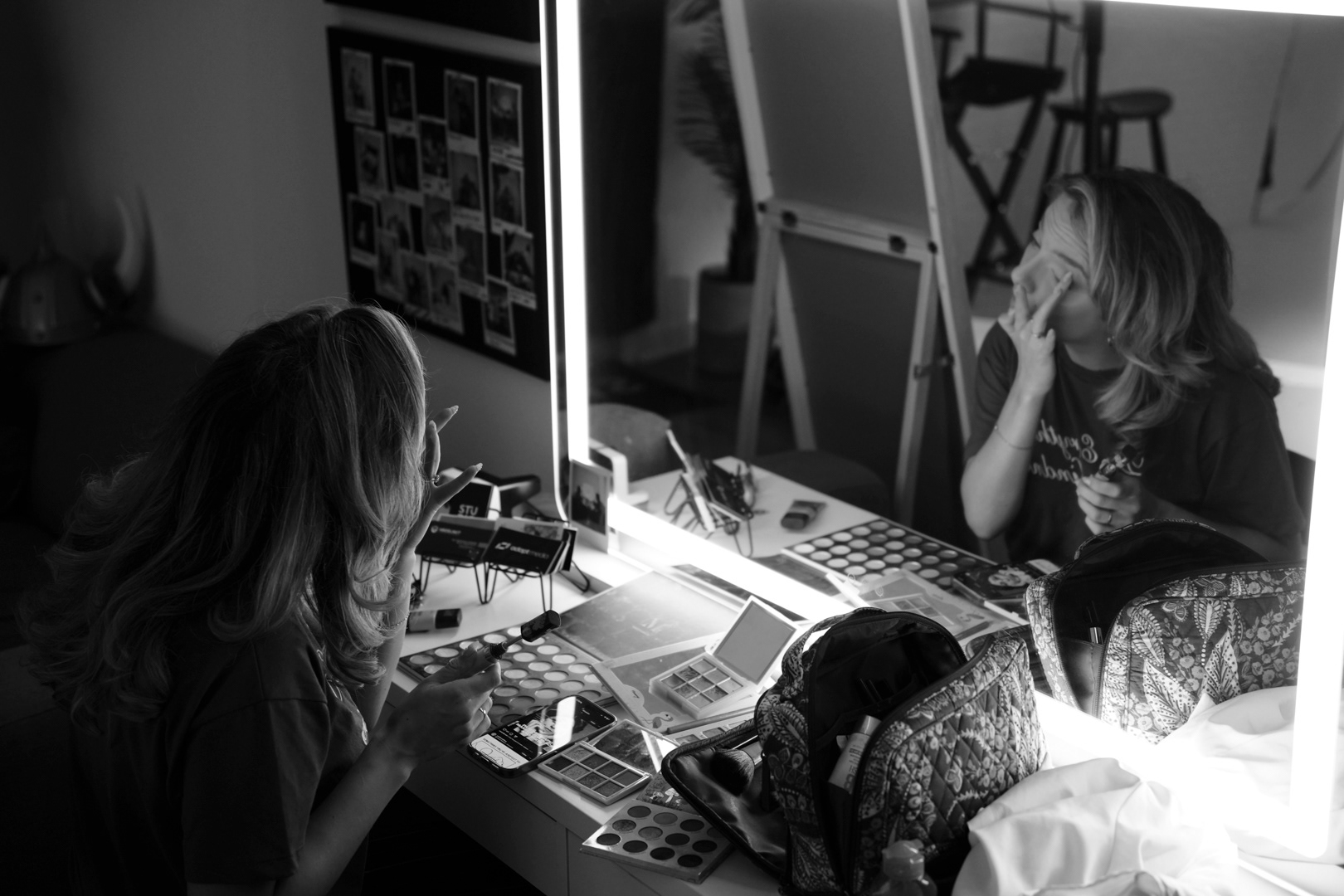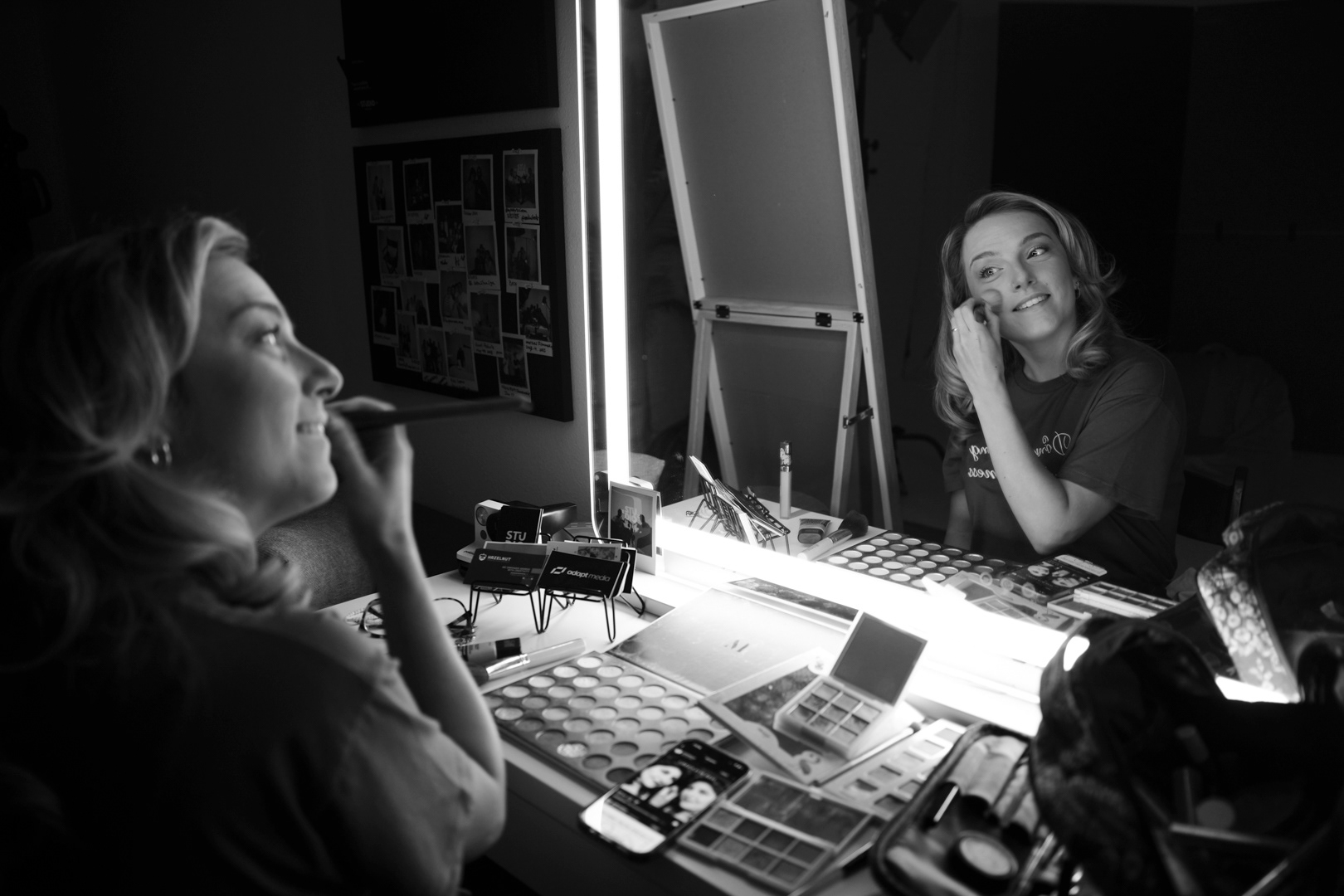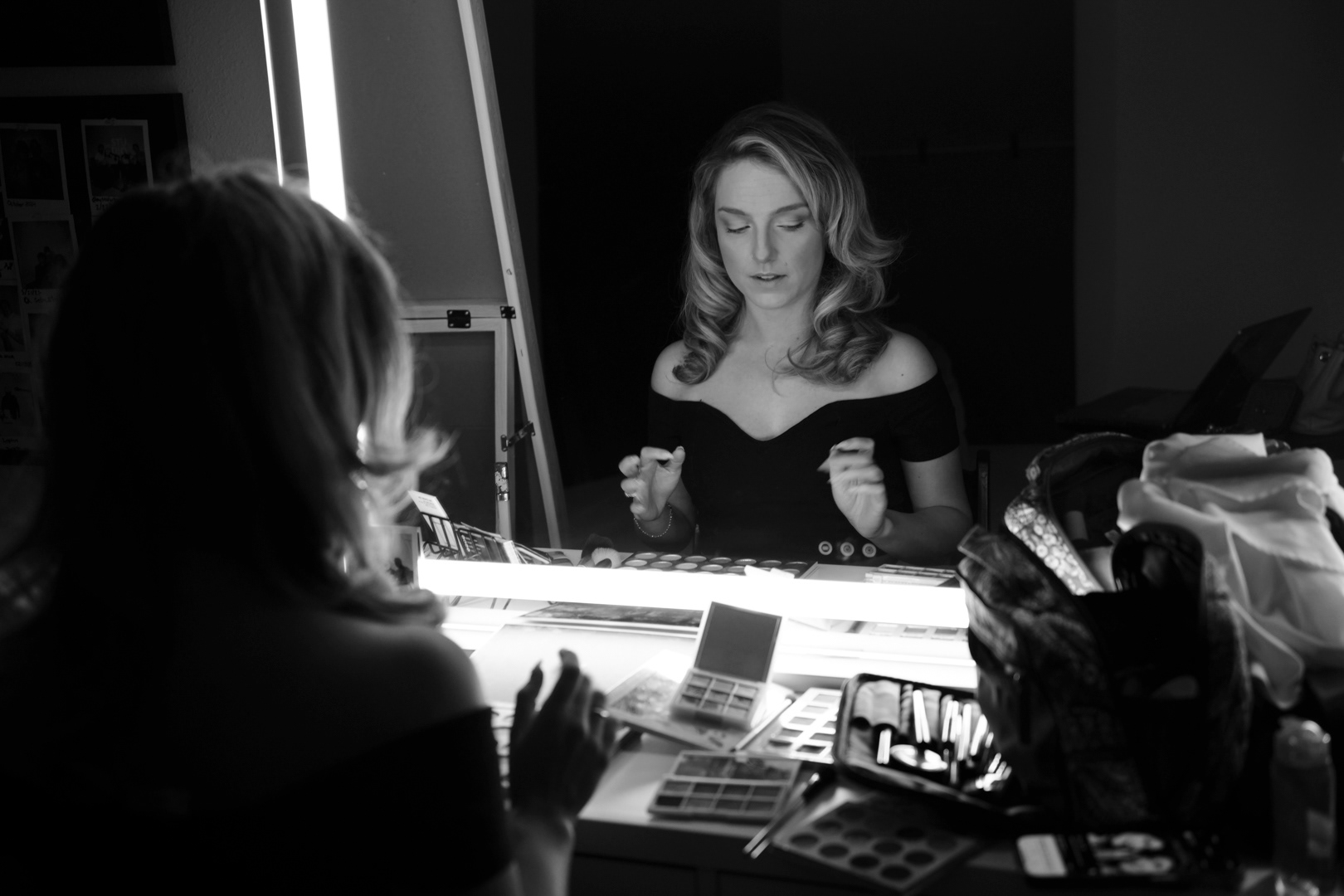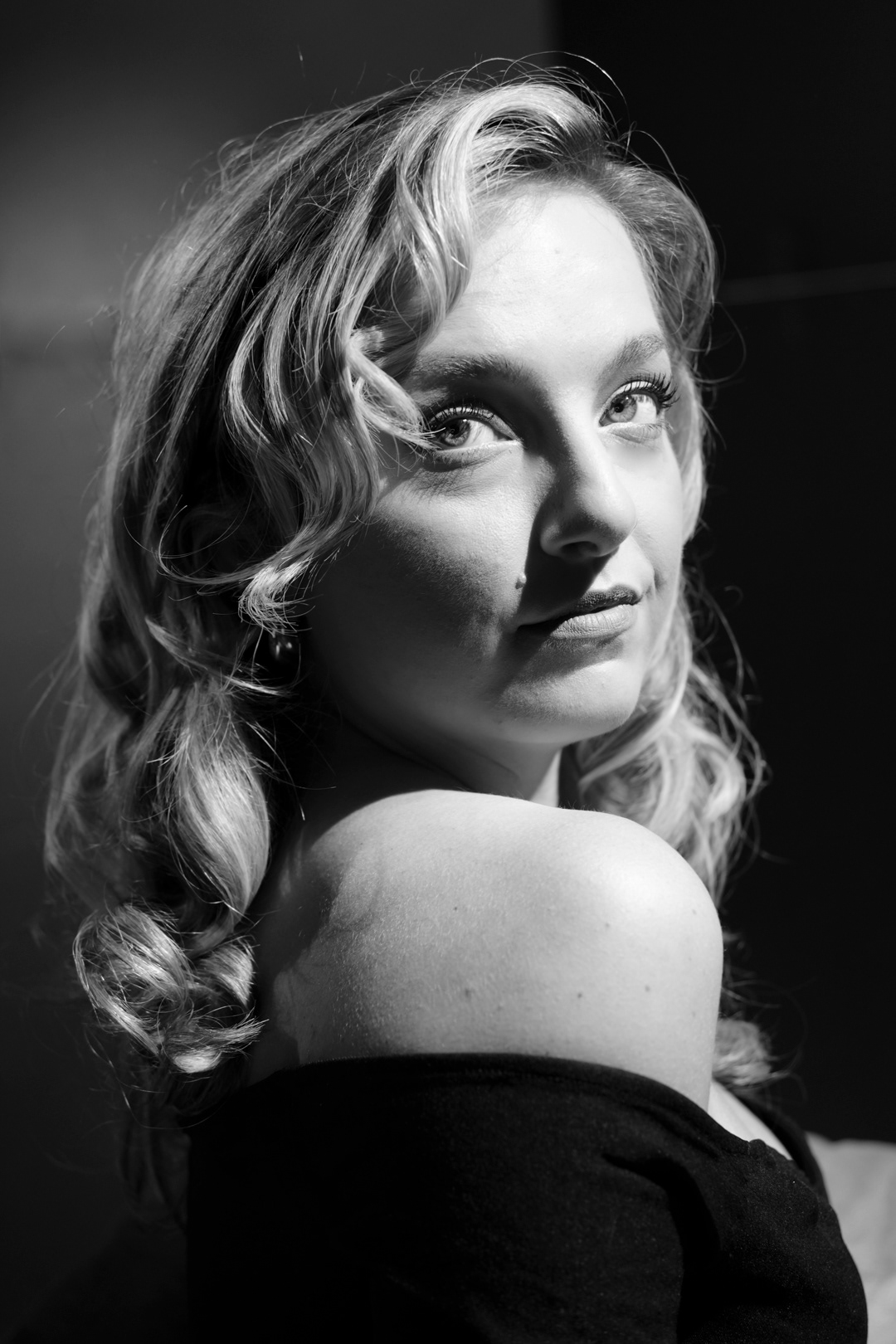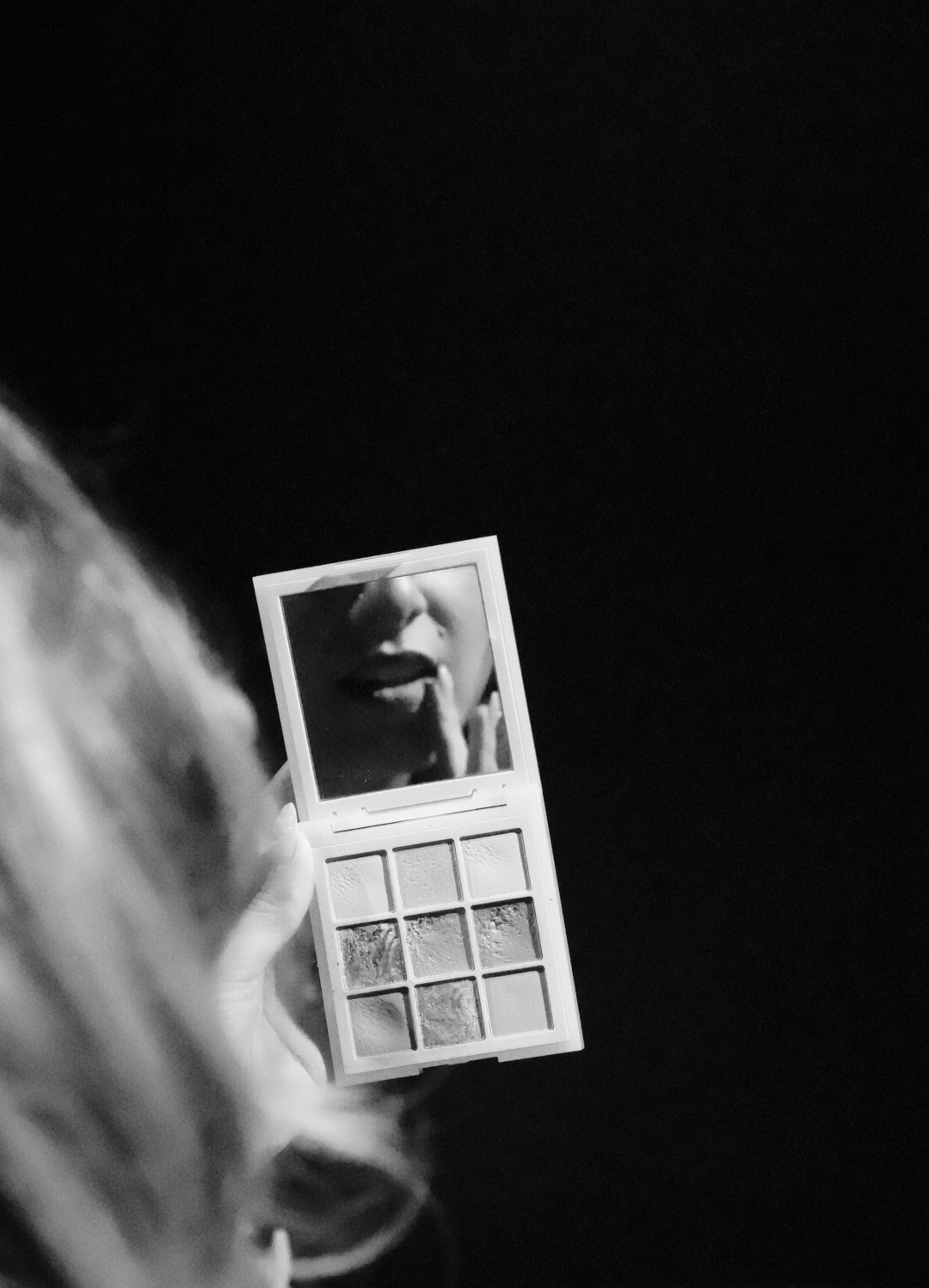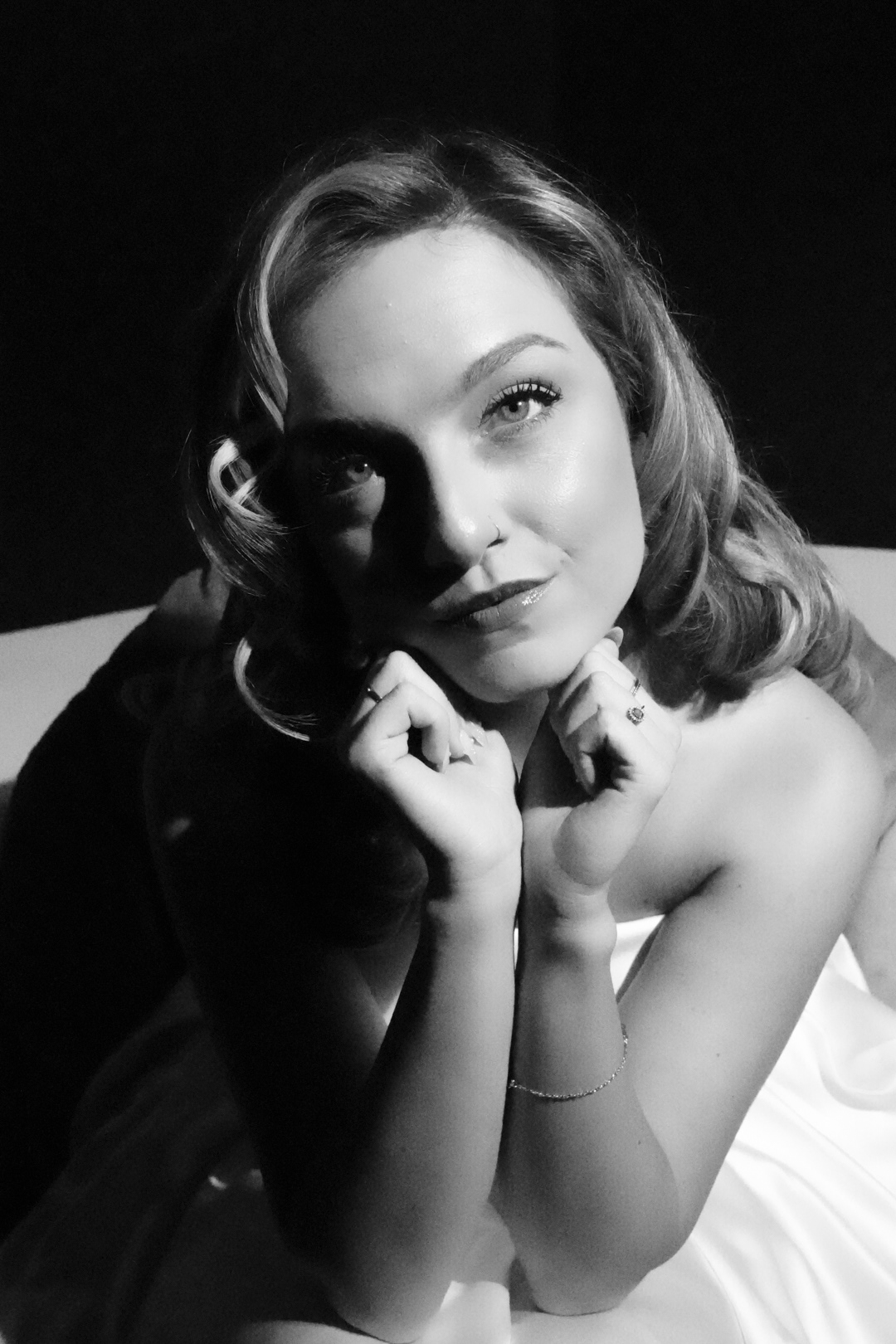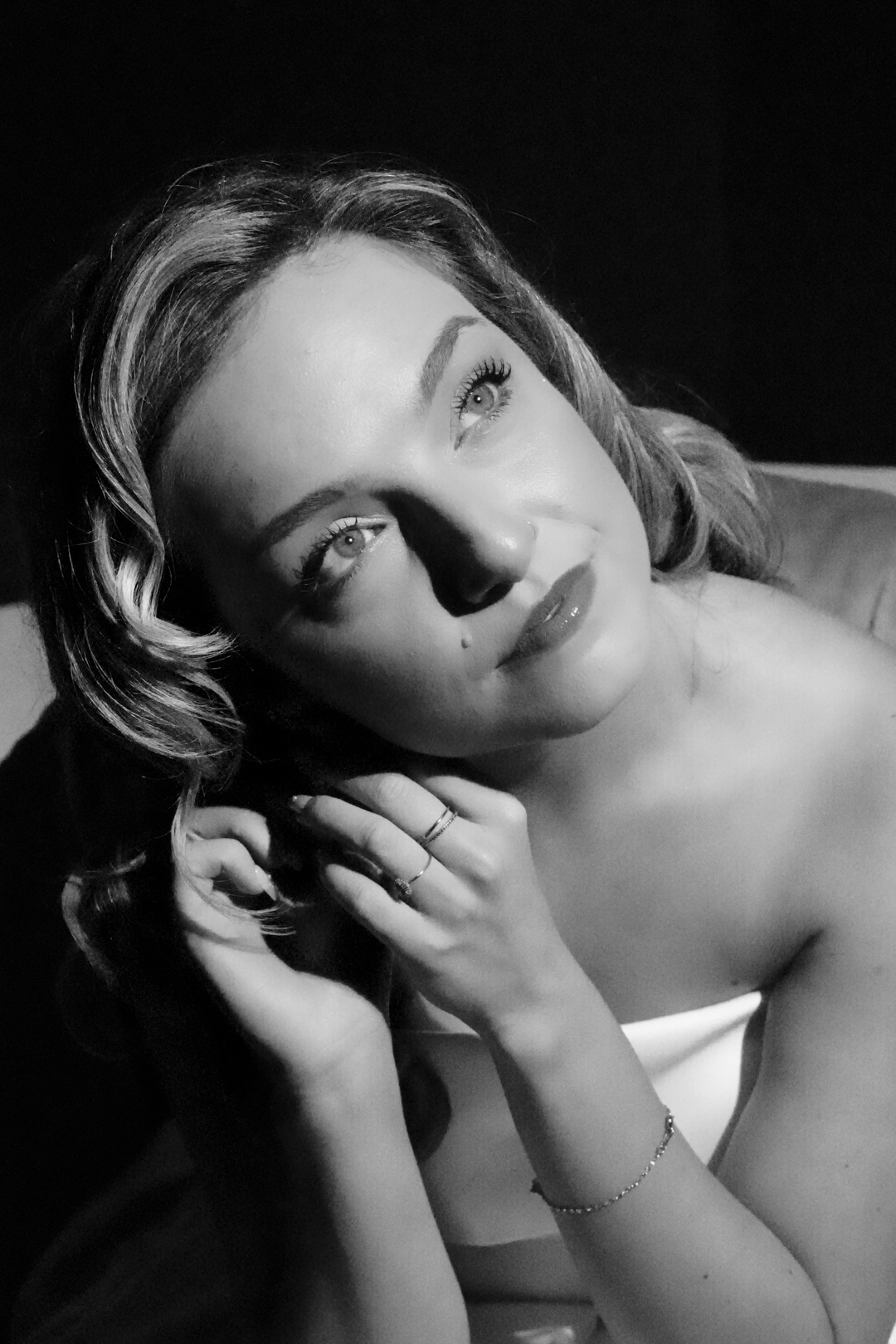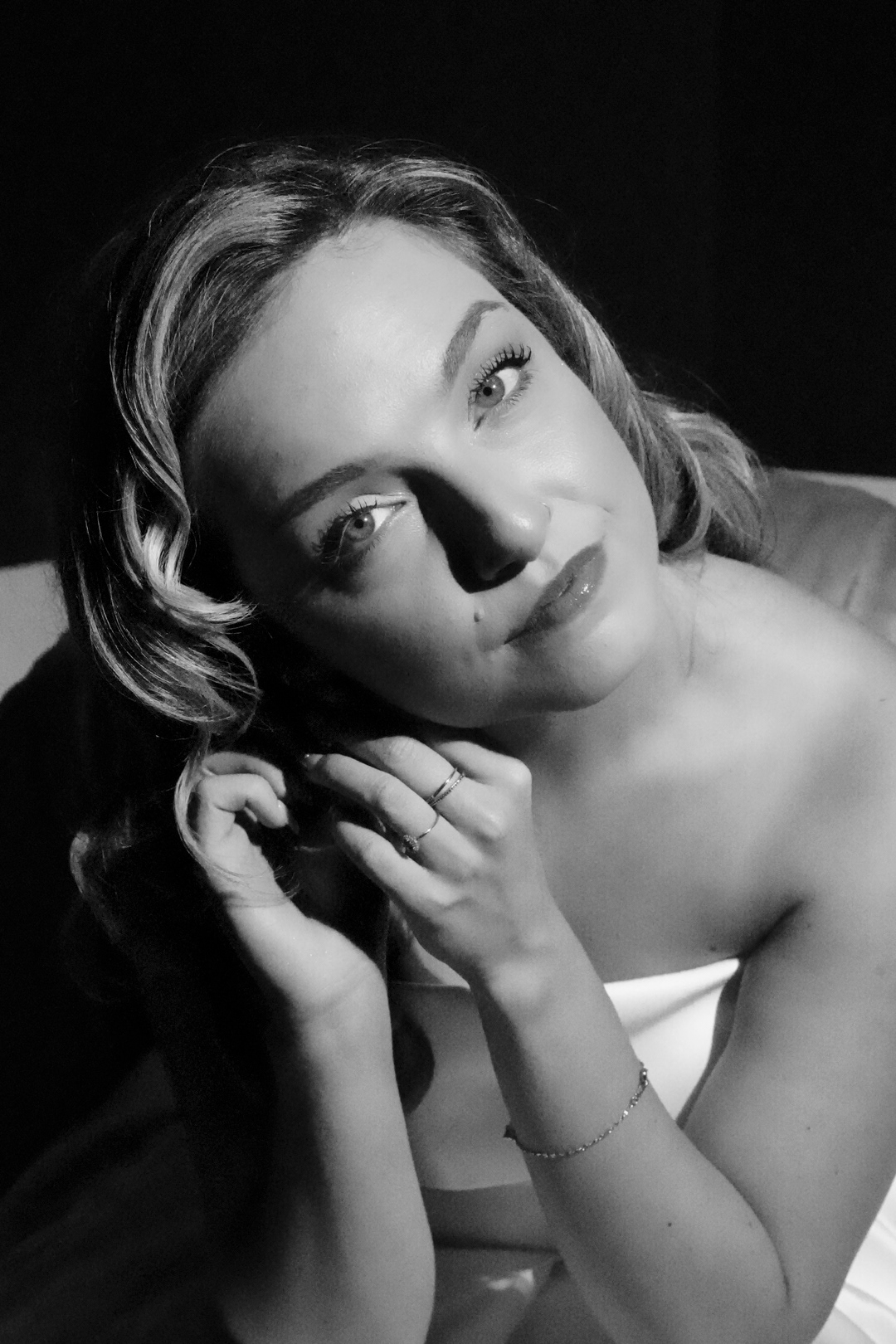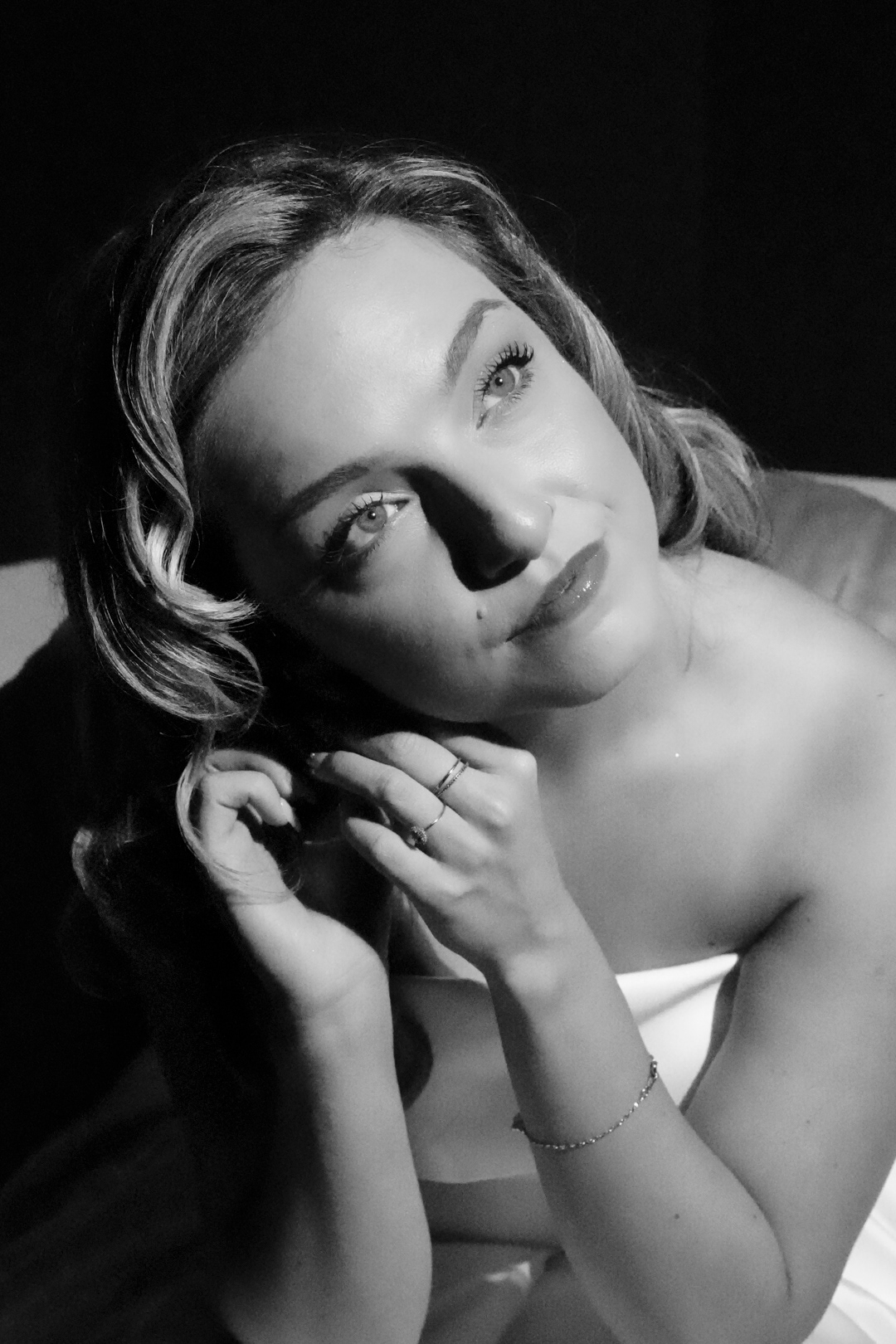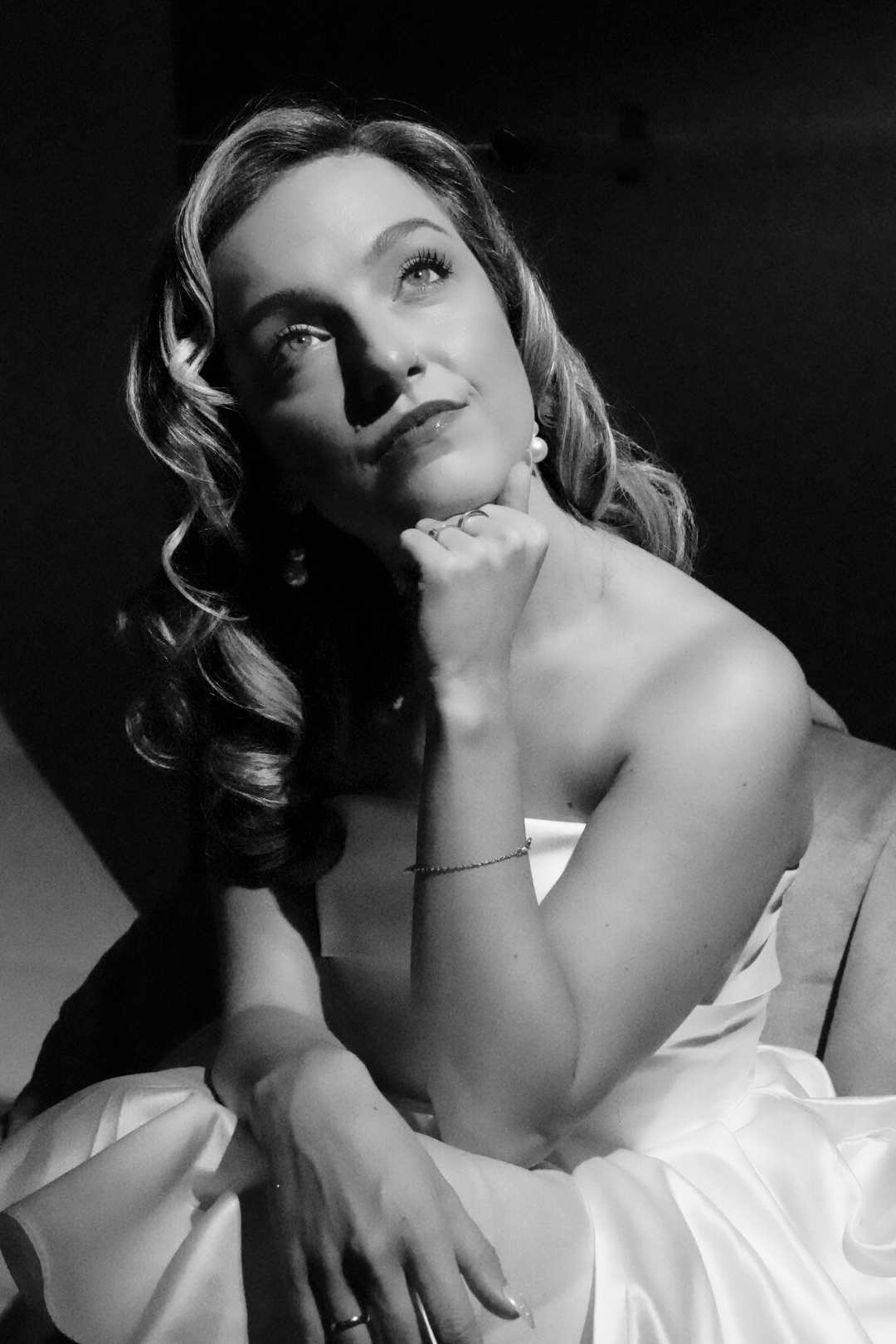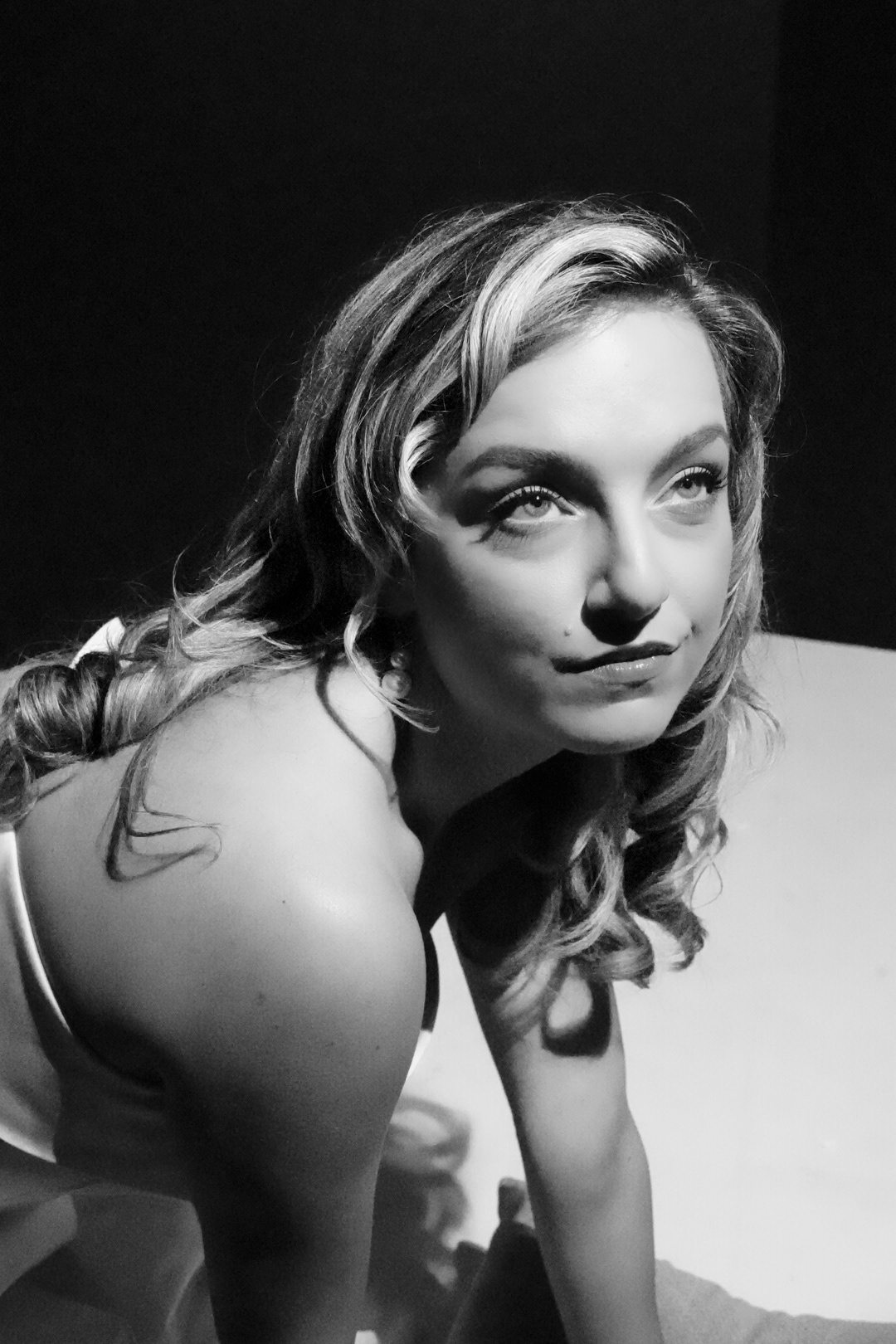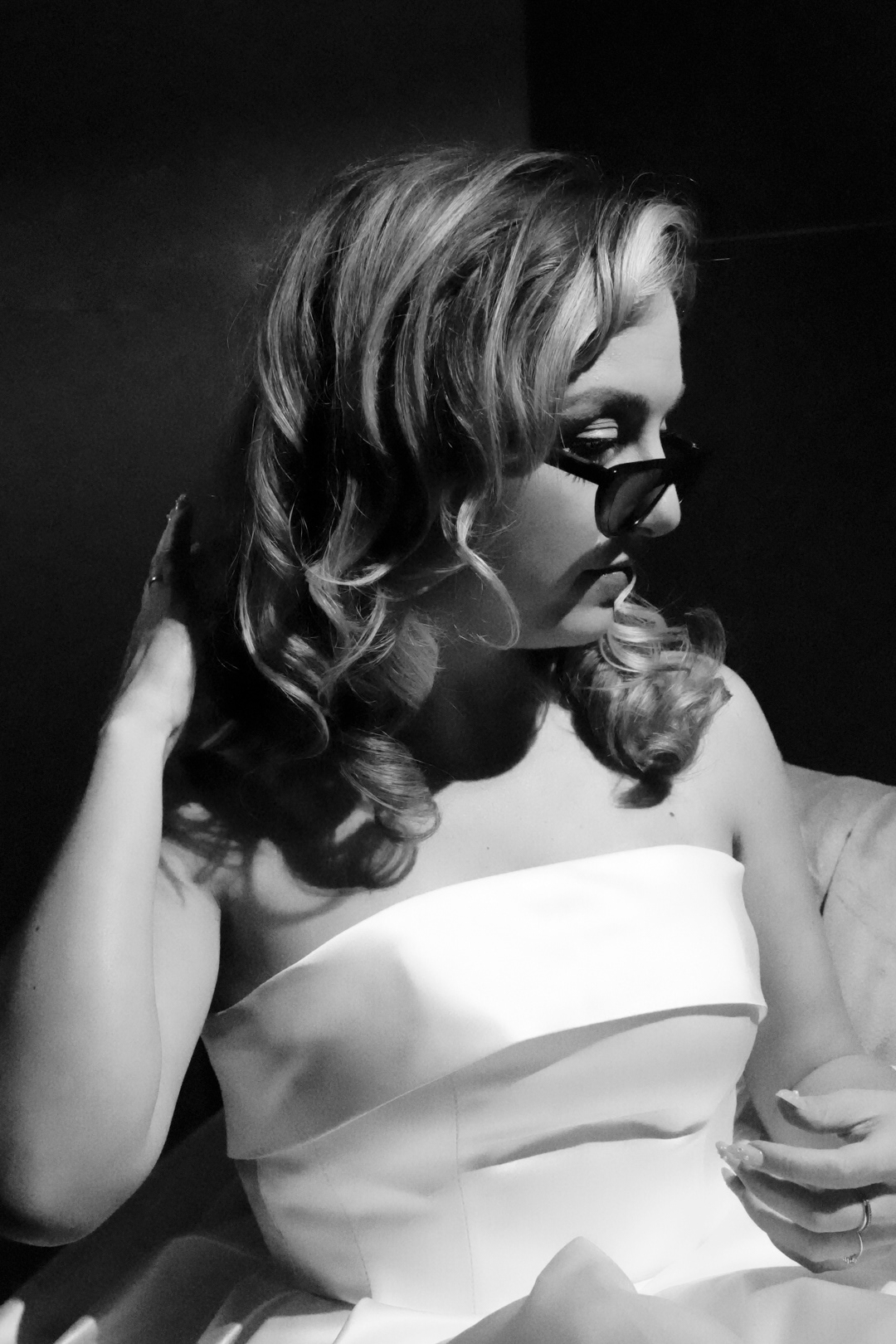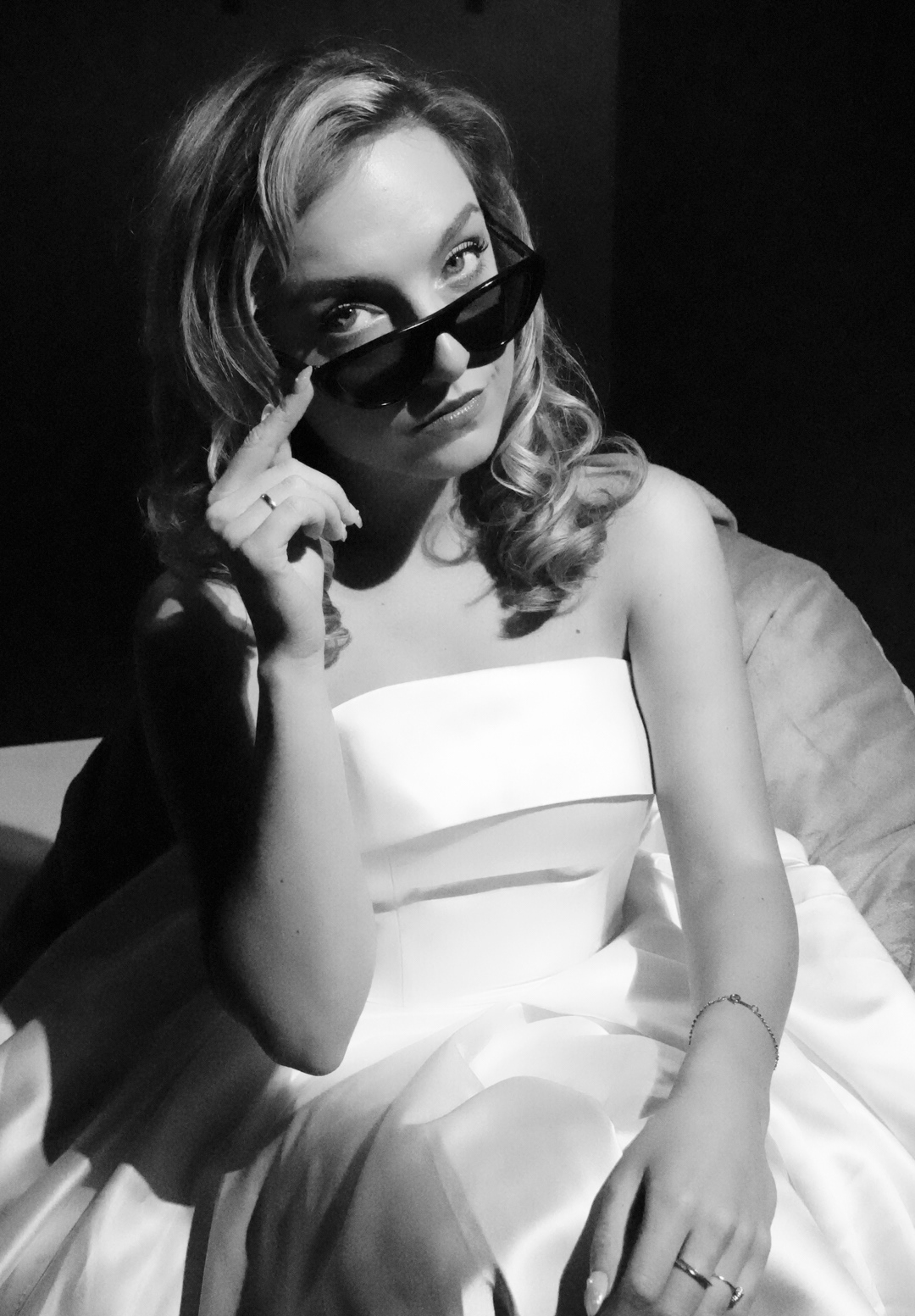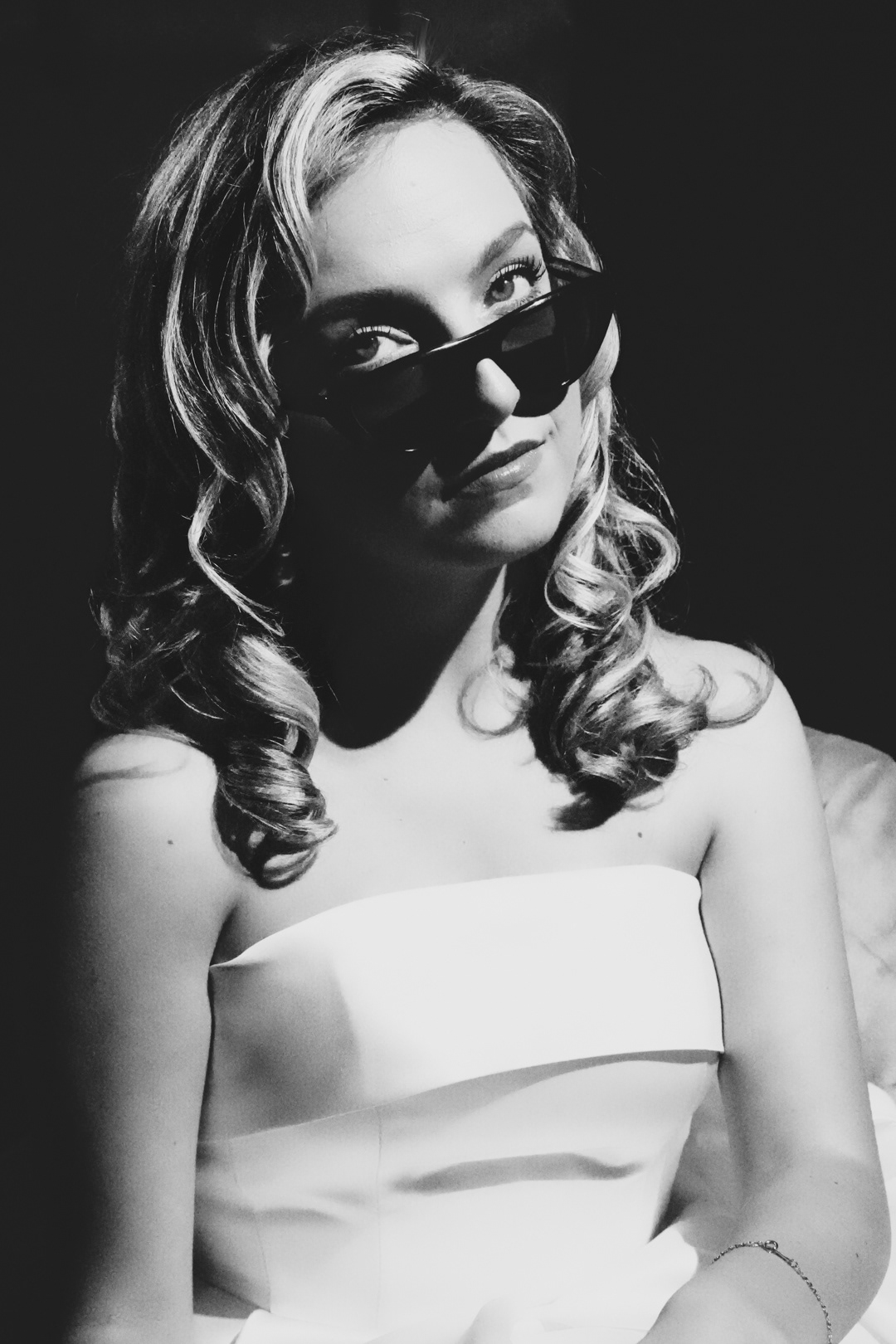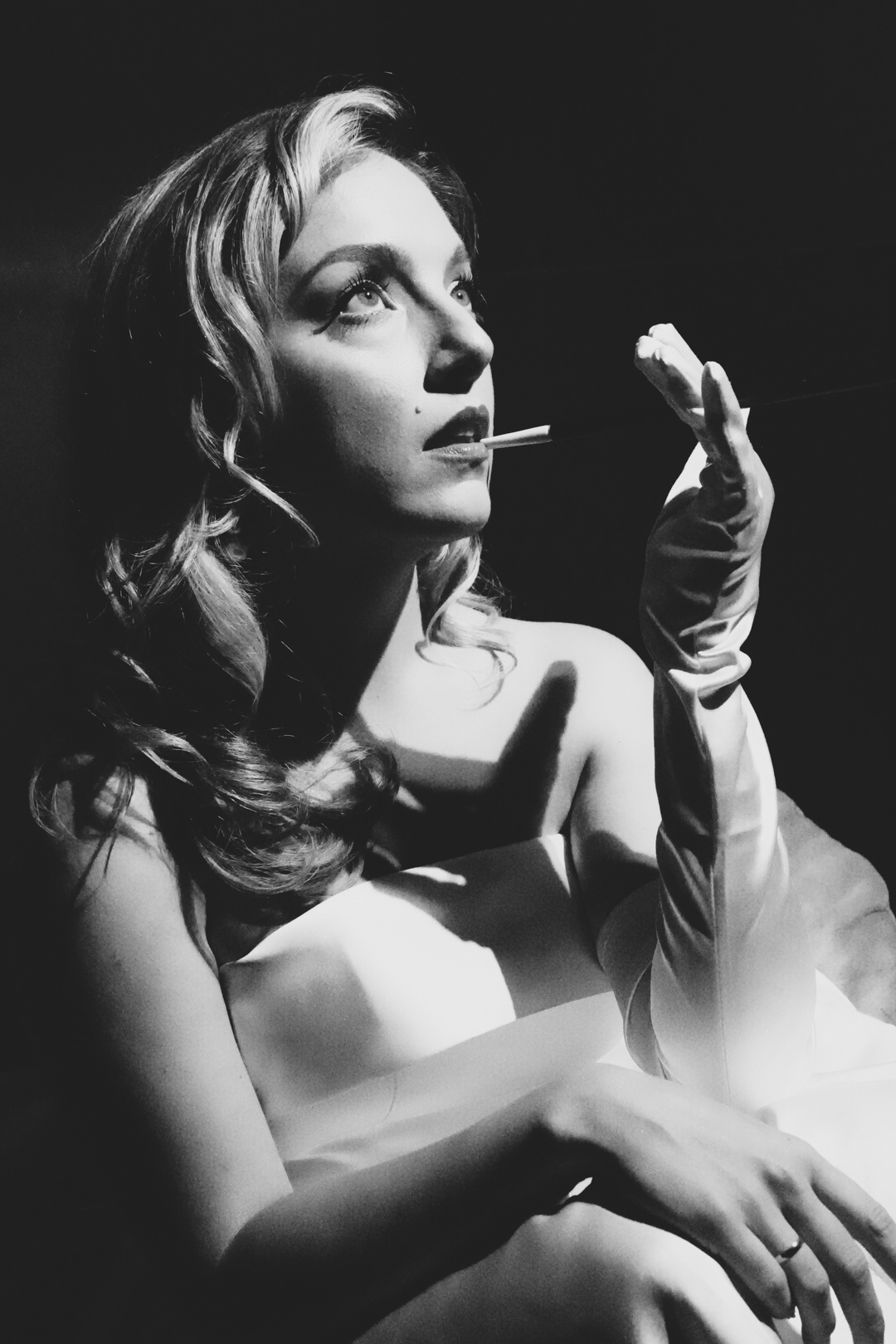In this conceptual portrait session, we explored the forgotten artistry of early black-and-white cinema makeup. Before the invention of color film, makeup wasn’t just cosmetic it was technical. Artists used unexpected pigments like green, blue, and yellow to control how the face would translate into grayscale under the harsh lighting and limited sensitivity of early cameras.
Green created mid-tone shadows
Blue deepened features, appearing nearly black
Yellow acted as a highlighter, reading as bright white on film
This technique, used by silent film icons like Theda Bara and Clara Bow, wasn’t designed for natural beauty—but for visibility and expression through the lens.
Historically, makeup in the early 1900s was still considered taboo in daily life. It belonged to the world of performers—actresses, dancers, and early film stars—who wore exaggerated looks to communicate emotion and character on screen. Their faces were crafted for the light, not the room.
This shoot is a homage to that cinematic language—where light, pigment, and perception intersect.

